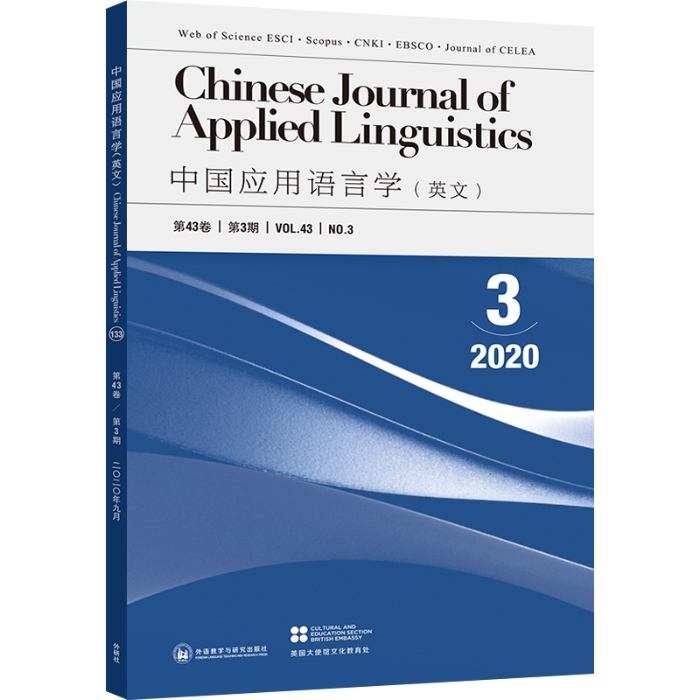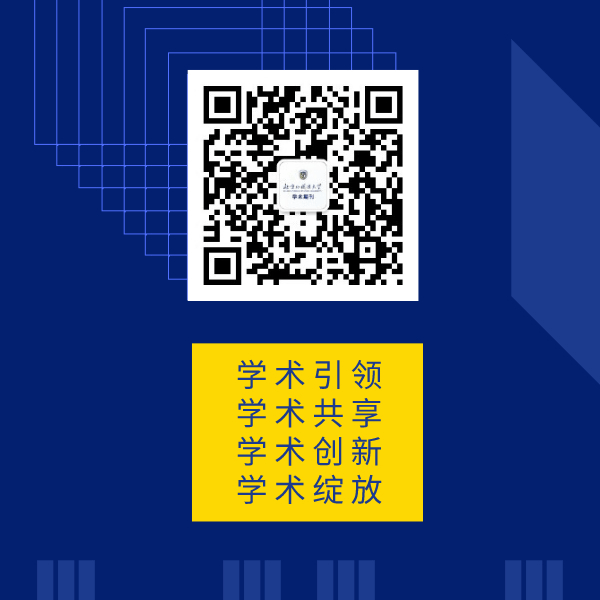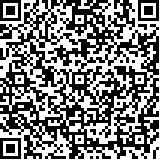产出导向法中师生合作评价优化:辩证研究



产出导向法中师生合作评价优化:辩证研究
孙曙光 北京体育大学外国语学院
【关键词】:师生合作评价;写作评价;产出导向法;辩证研究;以评为学
【中文提要】:师生合作评价是为产出导向法创设的新评价形式,旨在提高评价效率和效果。本文采用辩证研究法,以中国英语学习者的书写和翻译文本为例,探索实践教师课前如何确定评价目标,课中如何引领学生评价。本研究收集了实践教师的教案、课堂录音、反思日志、学生的写作和翻译文本等质性数据。研究表明,通过应用理论、反思实践,师生合作评价的理论和实践实现了同步优化。优化的课前和课中环节实施框架可为师生合作评价在外语/二语教学中的应用提供借鉴。

Abstract

Optimizing Teacher-Student Collaborative Assessment in the Production-Oriented Approach: A Dialectical Research
Shuguang SUN
Beijing Sport University
Keywords: teacher-student collaborative assessment (TSCA), writing assessment, Production-Oriented Approach (POA), dialectical research (DR), assessment being learning
Abstract:
Teacher-student collaborative assessment (TSCA) aims to address the challenges of responding to students’ work in the Production-Oriented Approach: low efficiency and poor effectiveness. As part of a bigger project carried out in a Chinese university over a period of three years, the present study explored how the teacher prepared and implemented TSCA in class, especially with a focus on how she determined the assessing objective and worked collaboratively with her students in class to achieve it, using the students’ written and translated texts as examples. By adopting the dialectical research (DR) method, this paper collected qualitative data such as teaching plans, classroom recordings, and reflective journals of the teacher-researcher (the author), along with students’ written drafts and translated texts. TSCA theory and classroom practice have been refined simultaneously by means of putting theory into practice and reflecting upon it. The optimized pre-class and in-class procedures may shed some light on applying TSCA to L2 classrooms.
1:Introduction

Assessing EFL/ESL students’ written work effectively has always been a major concern for teachers and researchers. Numerous studies have investigated and/or compared the effectiveness of different forms of assessment: teacher assessment, self-assessment, peer assessment, and computer-mediated assessment (e.g., Han & Hyland, 2016; Lundstrom & Baker, 2009; Suzuki, 2008; Yang, Badger, & Zhen, 2006). However, few studies have looked at their incorporation with classroom practices and the integration of these forms into one holistic assessment to maximize effectiveness. Teacher-student collaborative assessment (hereafter TSCA)was proposed in 2016 by Wen (2016a), to address the challenges of responding to students’ production, that is, low efficiency and poor effectiveness, without reducing the quantity of production or compromising the feedback (Sun & Wen, 2018). TSCA encompasses all classroom-based activities taken by students under the teacher’s guidance to evaluate their learning output, providing an opportunity for further learning. It organizes and balances the aforesaid four assessments in L2 classrooms, shedding light on how assessment can be an integral part of teaching to enhance learning. Although TSCA is still in an early stage of its development, it has drawn attention from scholars and teachers. Recent studies have shown that TSCA helps students revise their written work, enhance their assessment cognition and build a supportive dynamic learning atmosphere where they serve as “scaffolds” for each other (Sun, 2017; Sun & Wen, 2018).By adopting the dialectical research (hereafter DR) method, this study used students’ production resulting from the instruction of the production-oriented approach (hereafter POA) as an example to demonstrate how the teacher prepared and carried out TSCA in class, with a special focus on how she determined the assessing objective and worked collaboratively with her students in class to achieve it. Its effectiveness and possible reasons are discussed in the end. While doing so, this paper also shows how TSCA theory and classroom practice have been refined simultaneously by means of putting theory into practice and reflecting upon it.
2. TSCA and Relevant Studies

Assessing is the last phase of the POA, following motivating and enabling (Wen, 2015, 2016b). It includes ongoing response given to students upon their completion of tasks in the enabling phase and “delayed” response to their after-class output in the next period of class. TSCA is specifically used in this delayed assessment. Since motivating and enabling are done in accordance with the learning objectives, assessing is also undertaken to check whether the learning objectives are met, and if not, to give further instructions on “fixing” the common problems that students have in their production.
The assessing phase is one of the key and innovative features of the POA. Previously there were almost no teaching methods that brought assessing to the fore as a necessary part of teaching. However, the explicit inclusion of assessing into the teaching system also challenges the implementation of the POA: more output means more workload for the teacher. Since the POA starts with production in the motivating phase and ends with production before the assessing phase, plus there is also production along the way in the enabling phase, assessing can be very overwhelming for the teacher if he or she intends to give timely feedback to enhance students’ learning, especially in a relatively larger class with 60 students or more in a Chinese classroom. TSCA is a remedy to improve the efficiency and effectiveness of assessment. It is shown that this form of assessment can serve as an effective alternative to existing assessments (Sun & Wen, 2018). A brief overview and previous studies on TSCA are presented in the following section.
TSCA skeleton framework (see Figure 1) formulated three separate phases: pre-class, in?class, and post-class (Wen, 2016a), among which pre-class and in-class assessments serve as the core and pose a big challenge for practitioners, as what to assess and how to assess become the first and foremost issues faced by the teacher, influencing the effectiveness of TSCA. Before class, the teacher scans students’ written assignments and selects some samples to use in class, and revises one or two samples in advance. In class, the teacher shows the selected samples and guides the students to work individually first before they have a joint discussion in pairs or groups with regard to the teacher’s assessment tasks. The post-class activities include self or peer assessment after class, guided by the TSCA focus in class, and computer-mediated assessment, to reinforce what they have learned.

Figure 1. Skeleton framework of TSCA (adapted from Wen, 2016a)
There have been some studies and classroom practices on TSCA in terms of choosing a focus before class (Sun, 2017) and guiding students to assess during class (Sun, 2018). Four principles were proposed as guidelines for choosing a focus, namely, prominence, teachability, progression, and systematicity (Sun, 2017, 2018; Sun & Wen, 2018). The first two principles work at a synchronic level, showing the principles a teacher can adhere to in a one-time focus selection, while the latter two are put forward at a diachronic level, guiding the teacher to select a series of foci for one semester, one academic year, or an even longer period of time.
Prominence means typicality. The selective focus should be a “typical” problem that most (more than 50%) of the students have in their work so that “it is prominent enough to require attention” (Sun & Wen, 2018). Teachability means controllability. What to focus on in one period of assessment should be a “controllable” problem that can be thoroughly dealt with within a limited amount of time (30-40 minutes) so that students can grasp the gist of it. Choosing a focus that tackles a problem within the control of the teacher and the students is better than tackling an overwhelmingly big one. Assessment will only work when the focus of attention is within the students’ reach. Progression means gradualness. The foci should be in a “gradual” order, starting from the basics at the outset and then working up to a more difficult or advanced level step by step (Sun & Wen, 2018). Systematicity means that the assessment foci form a logical whole. The latter ones echo the former ones so that students can take the chance to review and consolidate what they have learned.
The findings of the aforementioned studies show that TSCA is viable in foreign language classrooms and is well-perceived by students (Sun, 2017; Sun & Wen, 2018). These studies also contribute to the existing literature of assessment, which largely discussed the assessing-teaching?learning integration in theory, generally paying greater attention to the product, that is, the effect of assessment, rather than the process of how to achieve this effect. Adopting the method of DR, the present study continues along this line of research by investigating how to integrate assessing with teaching and learning and how to optimize TSCA under the POA instruction. Specifically, it is to answer this research question: How can pre-class and in-class TSCAs be optimized to achieve the assessing goal of assessment being learning? It is hoped that the optimized pre-class and in-class procedures may shed some light on applying TSCA to L2 classrooms.
3. Research Design

3.1 Context and participants
The present study is part of a larger three-year project conducted on TSCA in an EFL integrated course (Integrated English) designed for English majors in a university in China. Twenty students aged 18-19 years old with Chinese as their mother tongue took the course. Their English language proficiency was intermediate. The teacher, also the researcher (hereafter I), is a non-native English speaker who has been teaching at the university for more than 15 years. Integrated English is a required course for first and second year English majors in Chinese universities. It is “integrated” because listening, speaking, reading, writing, or translation skills are not isolated but rather are combined into a series of theme-based units to enhance students’ comprehensive English competence. The curriculum brings to the fore students’ language use. Over a 16-week semester, the course met twice a week for 90 minutes per session, and 6 or 7 units were completed. This study used one unit to illustrate how TSCA was carried out.
3.2 Research method
The method adopted in the study was the dialectical research (DR) method (Wen, 2018a). DR is suitable for problem-oriented research, which starts with a real-life problem in teaching. Theteacher-researcher tries to find solutions to the problem by drawing on previous literature in the given field and proposes his or her own initial model. In order to test whether the model works, he or she applies it to real classroom teaching and reflects on the application before giving appropriate interpretations. In this way, the theoretical model and classroom practice interact and improve hand in hand.
DR is composed of several cycles of theory-practice interaction. Each cycle has four main steps. 1) Learning: drawing on the existing theory and others’ or one’s own practice; 2) Optimizing: revising the skeleton framework to make it more adaptable and more effective; 3) Implementing: putting the optimized framework into practice; 4) Reflecting: thinking carefully and providing plausible explanations, which becomes the basis for the next cycle. TSCA optimization started with Wen’s initial framework of TSCA (2016a), which was carried out in the classroom. After practice and reflection, the extended framework was built by adding how to choose a focus before class and how to carry out assessment with a focus in class (Sun, 2017). The emerging problems of pre-class and in class assessment served as the starting point for the improvement in theory and practice in this study.
3.3 Data collection
Qualitative data collected include 1) Teaching plans and PowerPoint slides, classroom recordings, and the teacher’s reflective journals, which were used to record the whole process of TSCA, students’ participation and the teacher’s reflection; 2) First drafts and/or final drafts of students’ work, which were used to track the changes the students made before and after TSCA and check how well they grasped what they learned in class.
3.4 Instructional procedures
A scenario was presented in the motivating phase, and the students made a preliminary attempt on the given task under the theme of Assisted Suicide (see Table 1). After they discovered that they needed more information to finish the task, they were ready to be enabled on this topic. Table 1 shows the objectives and the productive tasks. Three content-related tasks (one translation task and two writing tasks) were given after each session. Each task was related to the content discussed in class without requiring too much extension. TSCA was carried out in the next session. The three TSCAs focused on transition between sentences, “show, not tell” in description and transition between paragraphs, lasting respectively 20, 30, and 45 minutes. The students were not asked to revise their drafts for the first two tasks since they needed to work on the new productive task after class. However, they had a chance to apply what was learned in the first two assessments in the last writing task, which included the previous two.
手机扫描二维码,阅读全文





